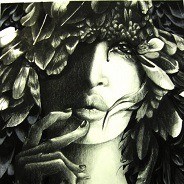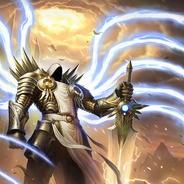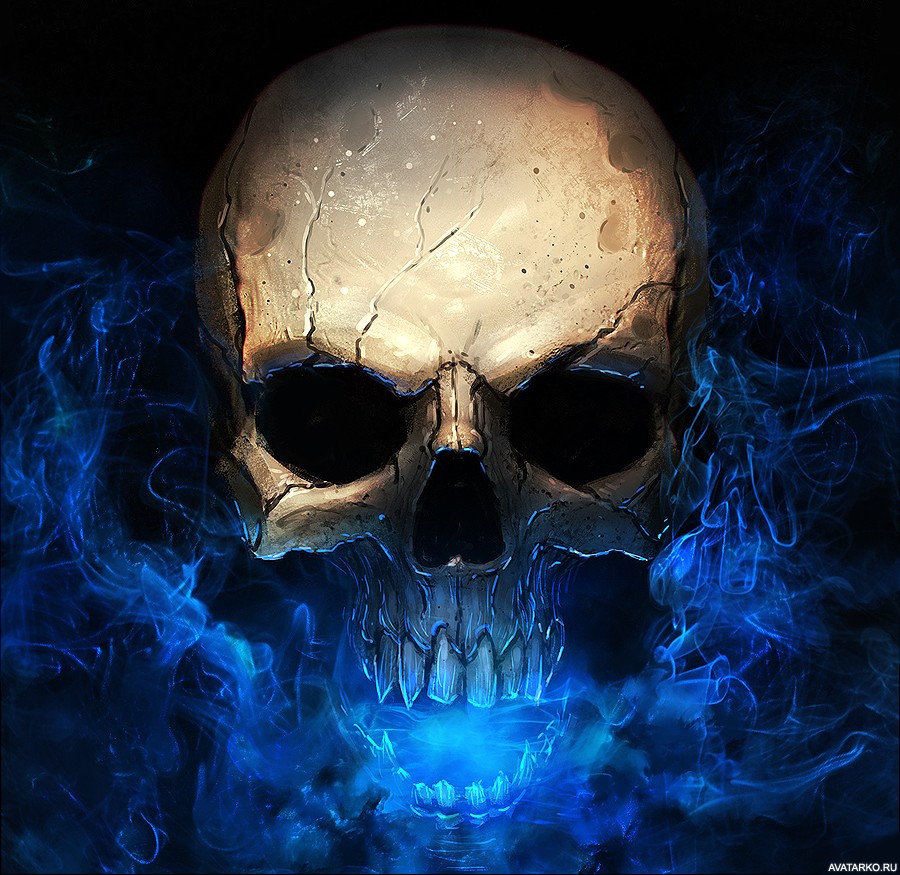Перевести с на без переводчика этот текст о короле который думал что он умеет хорошо рисовать но рисовал плохо .люди которым он показывал свои картины боялись сказать ему правду .все они говорили что они любят его картины сильно .но однажды король показал свои картины великому художнику который жил в его стране.он хотел знать что художник думает о его картинах .но художник увидев картины сказал что они плохие .король рассердился и посадил художника в тюрьму.но мысль о том что его картины плохие не давала королю покоя .и он задумал хитрый план.король решил подкупить художника.после двух лет он выпустил художника из тюрьмы и пригласил его на обет .после обеда король снова показал художнику свои картины и спросил нравятся ли его картины критику сейчас .король надеялся что ужин на который он пригласил художника как то повлияет на ответ критика но художник был честным человеком .поэтому ничего не сказав он попросил солдата который стоял возле него вернуть его обратно в тюрьму
Ответы на вопрос:
The White House has undergone four major phases of construction with its beginnings in 1792 and subsequent reconstruction in 1817 and renovations in 1902 and 1948-1952 (The White House-construction: website). In 1901 President Theodore Roosevelt officially named the President's residence the "White House" (The White House-name: website). The White House is the oldest known government building and has undergone many changes including styles, rooms, and outward appearance.
It all started in 1792 when architect James Hoban worked with George Washington, and they decided that the new two-story structure would be made of stone or brick, enhanced by elegant gardens and lawns. In 1807 pavilions and terraces were added to the east and west sides of the main building (The White House-structure: website). The British set fire to the house during the War of 1812. The interior was destroyed while the exterior walls remained intact (The White House-fire: website). In 1815 James Hoban rebuilt the White House the same way it was first built (The White House-structure: website). The south portico was built in 1824. In 1829 James Hoban made his final contribution to the White House by completing the north portico (The White House-building: website). Also added were ornamental iron fences which surround the structure and running water was piped into the house (The White House-water: website). Next, Andrew Jackson creates the White House orangey in 1835 which is demolished in 1857 to make room for a new treasury wing.
Популярно: Английский язык
-
State the type of verb — transitive or intransitive (Определи тип глагола...
 kamilla16925.05.2022 10:29
kamilla16925.05.2022 10:29 -
Rewrite the sentences in the present simple passive...
 Даниил535613.08.2021 08:04
Даниил535613.08.2021 08:04 -
Краткое содержание текста...
 VIGOMIC16.01.2020 03:19
VIGOMIC16.01.2020 03:19 -
Напишите аргументы , факты и причины текста ...
 Йорик33613.03.2023 00:46
Йорик33613.03.2023 00:46 -
C. The professors ....(answer) about 100 questions....
 andreyoy30.05.2023 15:31
andreyoy30.05.2023 15:31 -
Write three words into each gap: 1. Mariel: Some people like to wear ripped...
 КотикПушистый10927.06.2021 11:29
КотикПушистый10927.06.2021 11:29 -
!!!!!!!!Нужна а) Answer the following questions about certain aspects of...
 balatzkymaxp0a4t720.10.2020 12:02
balatzkymaxp0a4t720.10.2020 12:02 -
во жизни и смерти второе задание делать не надо...
 inglis198205.08.2020 01:52
inglis198205.08.2020 01:52 -
ответить на во как хочешь и прислать мне текст с фото в коментарии ,чтобы...
 rada20129.11.2021 14:41
rada20129.11.2021 14:41 -
Сделайте прям полностью это если сделаете не полностью ,лучше вообще не...
 айдын2302.01.2022 04:48
айдын2302.01.2022 04:48
